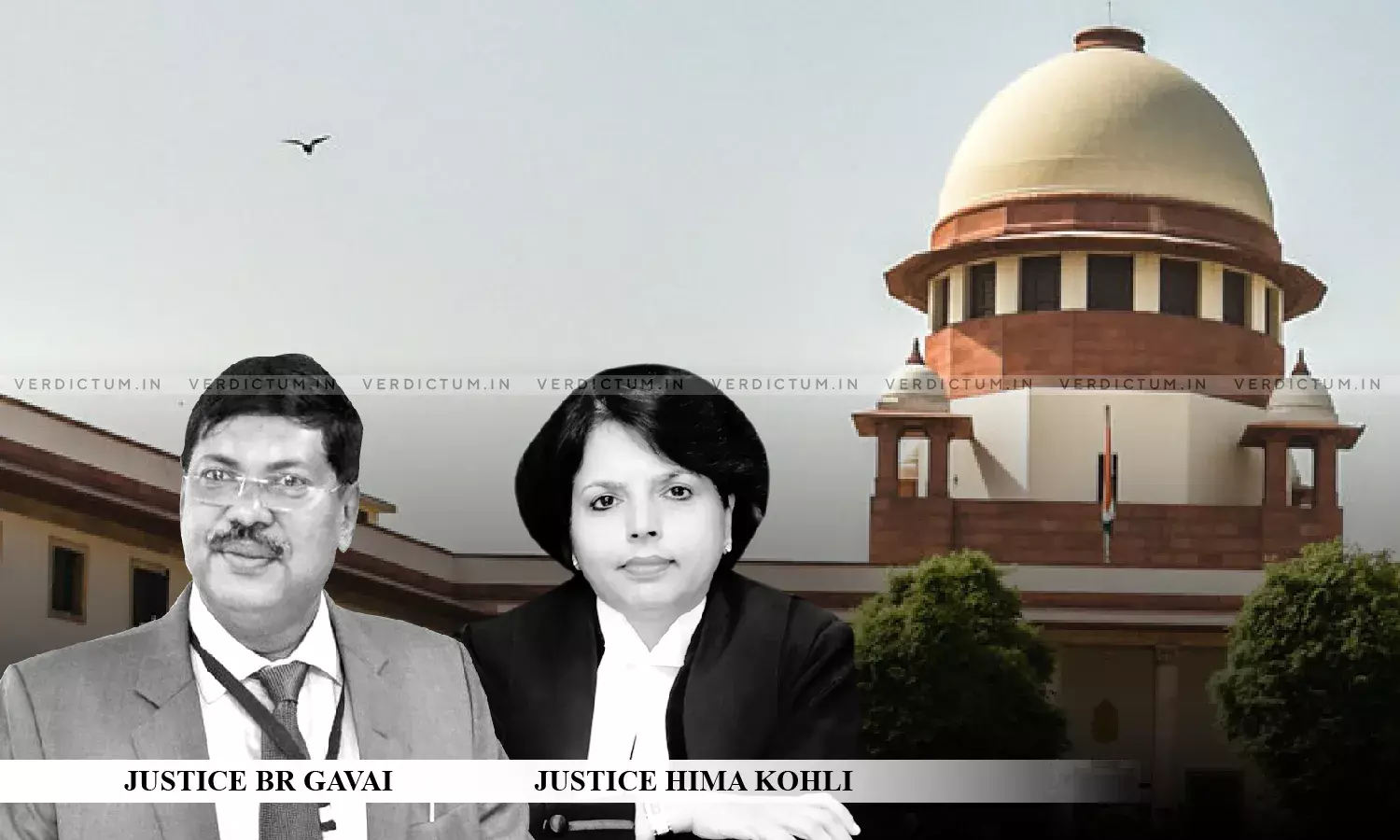Constructing Basic Facilities Like Toilets Drainage In Prohibited Areas Near Archaeological Monuments Is Permissible - SC

A two-judge bench of Justice B.R. Gavai and Justice Hima Kohli dismissing the appeals has held that construction activities being undertaken in the prohibited area as defined under the Ancient Monuments and Archaeological Sites and Remains Act, 1958, in view of larger public interest, are not prohibited by the provisions of the said statute.
In this context, the Bench noted -
The purpose behind it appears to be that the repairs and renovation of the buildings, which are existing and the constructions which are necessary for providing basic facilities like drainage, toilets, water supply and distribution of electricity should be kept out of the rigour of requirement of statutory permissions.
Facts & History of the Case
A PIL was filed before the Orissa High Court challenging the construction activities that were initiated within the prohibited area of Shree Jagannath Temple Complex, citing the violation of provisions of the Ancient Monuments and Archaeological Sites and Remains Act, 1958.
The Order of the High Court approving the said construction activities was brought by the Appellants, before the Supreme Court for scrutiny, through Special Leave Petition.
Issue – Whether The Ancient Monuments and Archaeological Sites and Remains Act bars any and all construction activities in the prohibited area?
Ms. Mahalakshmi Pavani and Mr. Vinay Navare Senior Counsels appearing on behalf of the Appellant(s), argued that –
Section 20A(4) of The Ancient Monuments and Archaeological Sites and Remains Act states that no permission can be granted for carrying out any public work or other construction in the prohibited area.
Further, the No Objection Certificate (NOC) issued by the National Monuments Authority is obsolete due to the issuing body being a recommendatory authority, having no power to approve construction activities.
Mr. Ashok Parija, Advocate General for the State of Odisha, Mr. Kapil Sibal, and Mr. Pinaki Mishra, Senior Counsels appearing on behalf of the State argued that -
In Mrinalini Padhi vs. Union of India and others, this court had directed the ASI to cooperate and permit construction activities necessary for providing facilities like toilets, to public at large.
Serious inconvenience was being faced by lakhs of devotes that attend the Temple during the Rath Yatra period due to the lack of facilities like toilets, cloak room etc.
Section 2 (dc) of the Act defining the term Construction excludes reference to any re-construction, repair, or renovation activities.
Held
The Bench observed that – "…when subsection (4) of Section 20A of the said Act is read in harmony with clause (dc) of Section 2 and the provisions of Sections 20C and 20D of the said Act, we find that the submission that no construction at all can be made in the prohibited area or the regulated area, would be unsustainable."
Further – in the present case, the competent authority has complied with the procedure as required under Section 20D of the said Act and the authority, i.e., the NMA has granted its permission for the work, which is undertaken."
In view of the above, the Bench held that the activities undertaken by the State are in consonance with the directions issued in Mrinalini Padhi and as such, there is no prohibition imposed by the statute in carrying out such activities as are necessary for the larger public interest.
The bench also noted that – In the recent past, it is noticed that there is mushroom growth of public interest litigations. The petitions are either publicity interest litigations or personal interest litigation. We highly deprecate practice of filing such frivolous petitions. They are nothing but abuse of process of law.
Consequently the appeals were dismissed, with Rs.1,00,000/- payable by each appellant to Respondent No.1 towards costs.
Click here to read/download the Judgment

